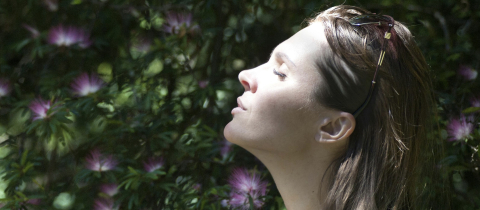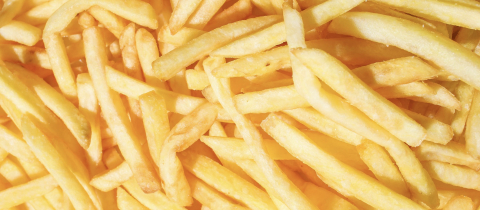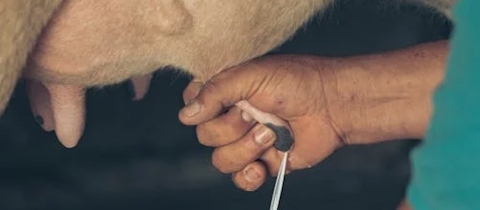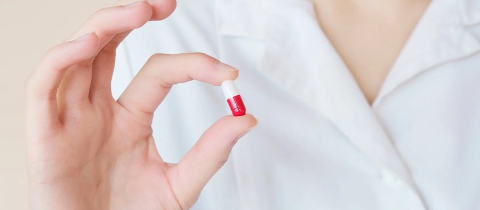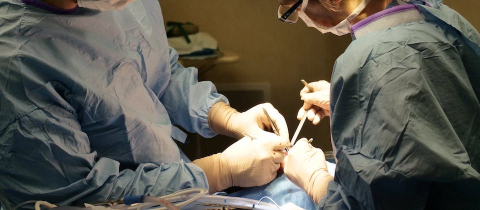When you walk through the gates of the Chelsea Physic Garden in London, you enter a living pharmacy. But instead of finding shelves with bottles, you’ll find beds of plants with intriguing signs like “Cardiology,” “Parasitology” or “Anesthesiology.” Inscriptions identify the species from which medications such as digitalis (heart disease), quinine (malaria) or colchicine (gout) are derived. This amazing garden was founded in 1673 with the purpose of training apothecary apprentices in identifying plants. Indeed, back then, botanicals were the main source of drugs, and an apothecary had to learn how to use ephedra for lung problems, mandrake for pain, or liquorice root for an upset stomach.
Modern chemistry has allowed the active ingredients in many plants to be extracted, identified and standardized. Today, roughly one quarter of our current prescription drugs originate in plants. But if someone is in the throes of pain, physicians don’t prescribe grazing in a field of poppies, they prescribe an appropriate dose of pure morphine, isolated from the flower. Plants, though, are very complex chemically, and possible therapeutic effects cannot always be traced to a single active ingredient. In fact, in some cases it may be the synergistic action of various components that is needed for any benefit. That is why there is so much interest today in using some sort of standardized versions of whole herbs.
Potential for improved health is not the only reason for the herbal boom. There is also the potential for a nifty little profit. Widespread belief that somehow natural products are inherently safer and more effective than synthetic drugs makes for a very lucrative market. But the danger or efficacy of a substance does not depend on whether it comes from a bush or a lab, it depends on its molecular structure. Producers, though, are quick to capitalize on people’s romanticized view of herbs and have flooded the market with preparations that contain more hype than active ingredients. Take “Heal-All,” for example. Prunella vulgaris is a weed which has been blessed with the highly marketable common name of Heal-All. Traditionally it has been used, as the name implies, to treat virtually any disease. Thyroid problems, diarrhea, sore throats, colds, liver ailments and “weakness of the womb,” whatever that may mean, are just some of the conditions that can be “healed.” Of course, just because Heal-All has been used traditionally to treat such conditions does not mean that it has been used to treat these conditions effectively. There is no scientific evidence to back up the claims, but our Natural and Non-Prescription Health Products Directorate, which was created to solidify the herbal quagmire, does not require any. Approval to sell a product for “traditional use,” requires only that the substance has an acceptable safety record for at least fifty years, and that it has been used within a “cultural belief system or healing paradigm.” Not very scientific.
Want to engage with this content? Comment on this article on our Facebook page!


